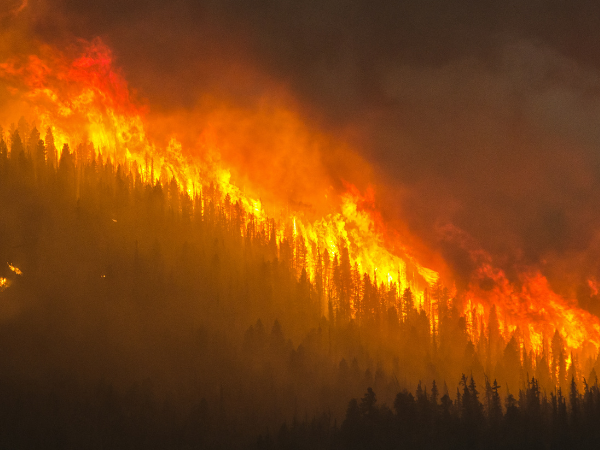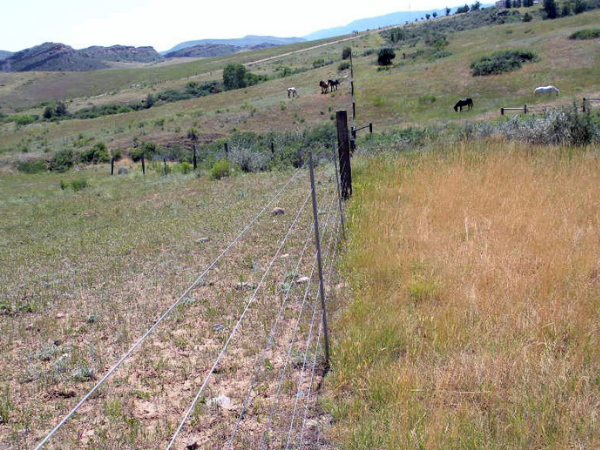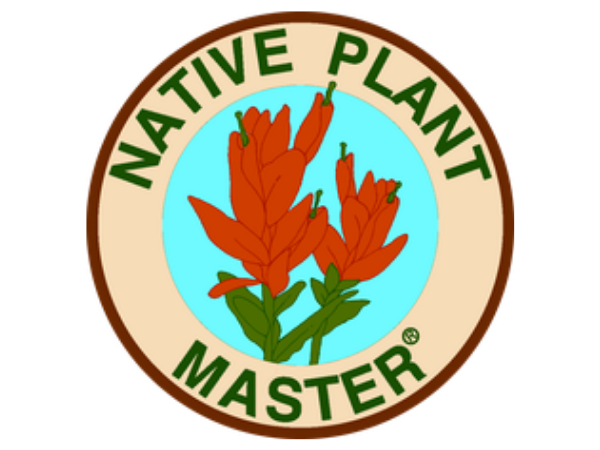The 2024 Larimer County Agricultural Producer Survey Findings are now Live
Natural Resources
Colorado has over 3,000 native plant species, but Colorado’s noxious weeds are non-native plants. Learn how to identify Colorado’s noxious weeds, the best control method for you, what plants are poisonous to your livestock, and the resources available to Larimer County residents through the Larimer County Weed District.
Resources:
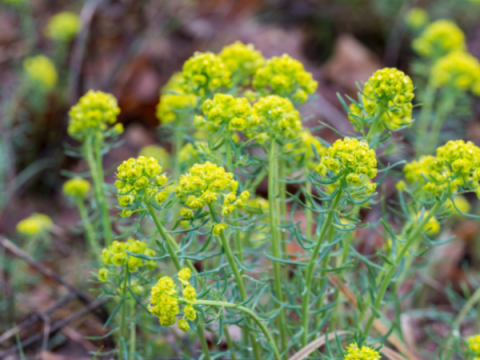
The beauty of Colorado’s forests and wildlife attract many to Colorado, yet we don’t always know how to safely live in forested areas or how to manage unwelcome wildlife. These resources will guide you on how to create a defensible space around your home and provide information and best practices for wildlife management.
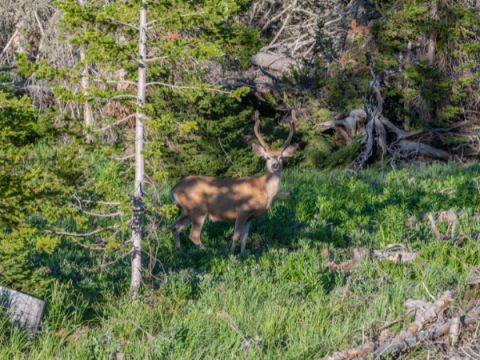
There are many concerns small acreage landowners have. Whether you’re trying to identify a plant you found on your hike or property, need your soil, water or plant analyzed, or need to know where to go to apply for a well permit, we’ve narrowed down the resources to help you!
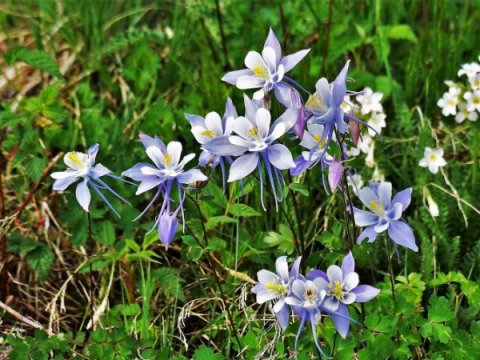
Colorado Columbine (Aquilegia coerulea). Photo credit: Fred McClanahan
ADDRESS
1525 Blue Spruce Dr.
Fort Collins, CO 80524-2004
Phone: (970) 498-6000
HOURS
7:30 a.m. - 4:30 p.m.
Monday - Friday
Our office follows the Larimer County Holiday Calendar for office closures.
